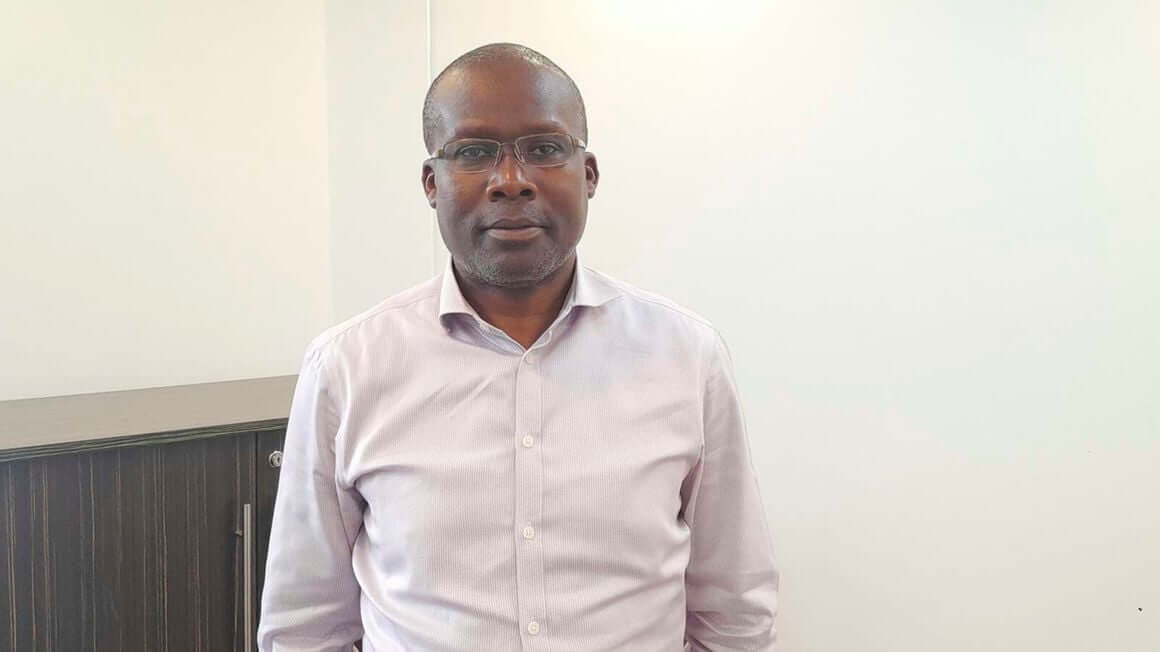
Our Projects are
Transforming African Trade
Quick Contacts
2nd Floor, Fidelity Insurance Centre Waiyaki Way, Westlands

The inaugural chief executive of Trade Catalyst Africa, Duncan Onyango, spoke to Vincent Owino on the reasons behind the formation of the commercial arm of the non-profit Trademark Africa.
It is a fact that as Africans, we trade more with other countries outside the continent than with each other for a variety of reasons. But the main one is because the trade infrastructure has a lot of gaps in it. We have inefficient ports, poor roads, and border crossing takes much longer than it’s supposed to.
The trade infrastructure gap is estimated at between $130 billion-$170 billion each year, with no sign of the funding gap diminishing.
Also, the regulatory environment in many countries is not conducive. All these, combined with the non-tariff barriers, the net effect is the low trading volumes and export capabilities.
Trademark relies heavily on donor funding for its projects, but the money from donors is not enough. We must appreciate the fact that a lot of money is needed, because we are starting from zero when it comes to building trading and export capability.
We see a time when there will be less donor money, so the question we need to ask is: who else can pay to build these infrastructures we need for trade? If you turn to governments, their budgets are shrinking and not enough revenues are coming in.
So, because the need is still there, we believe that the funding needs to come from the private sector. The private sector can only put money where there are returns.
The purpose of this first set of investments is set up TCA. So we need to hire a team who will do the heavy lifting to get the organisation up and running.
Part of that money will also be invested in some projects. Our target is that over the next three years, we should be able to invest in about six to eight such projects.
The low-hanging fruit would probably be the one-stop border posts. Some of them are extremely viable. We are currently looking at one between Zambia and Tanzania. Apart from that, this first tranche is supposed to enable us attract more financing and we are on course to achieve both.
Our target is that whatever we do has the most positive impact on the lives of Africans. So, in the next couple of years, we’re looking to create at least 10,000 jobs through our investments.
We are also supporting the African Continental Free Trade Area in its goal to increase intra-Africa exports by more than 81 percent. We are mobilising funds to enable us to do this and within the next three years, we seek to attract $90 million and push that up in the next six years to over $300 million.
Trademark relies heavily on donor funding for its projects, but the money from donors is not enough. We must appreciate the fact that a lot of money is needed, because we are starting from zero when it comes to building trading and export capability.
We see a time when there will be less donor money, so the question we need to ask is: who else can pay to build these infrastructures we need for trade? If you turn to governments, their budgets are shrinking and not enough revenues are coming in.
So, because the need is still there, we believe that the funding needs to come from the private sector. The private sector can only put money where there are returns.
The purpose of this first set of investments is set up TCA. So we need to hire a team who will do the heavy lifting to get the organisation up and running.
Part of that money will also be invested in some projects. Our target is that over the next three years, we should be able to invest in about six to eight such projects.
The low-hanging fruit would probably be the one-stop border posts. Some of them are extremely viable. We are currently looking at one between Zambia and Tanzania. Apart from that, this first tranche is supposed to enable us attract more financing and we are on course to achieve both.
Our target is that whatever we do has the most positive impact on the lives of Africans. So, in the next couple of years, we’re looking to create at least 10,000 jobs through our investments.
We are also supporting the African Continental Free Trade Area in its goal to increase intra-Africa exports by more than 81 percent. We are mobilising funds to enable us to do this and within the next three years, we seek to attract $90 million and push that up in the next six years to over $300 million.
The debate about using local currencies takes place when we feel the pain of liquidity, but when things are fine, we seem to be okay.
Trading in local currencies can bring down costs and act as a local hedge. But I think there are so many things that we have to look at rather than an immediate shift to local currencies. We need to look at the payment infrastructure and the ease at which banks can process cross-border payments in whatever currency.
Right now, countries are facing a lot of fiscal pressure and most of the monies coming in are dollar-denominated. So, we can’t just walk away from using the dollar. We just need to figure out how to build our economies so we can trade with each other easily.
Read original article
Disclaimer: The views and opinions expressed in this article are those of the authors and do not necessarily reflect the official policy or position of TradeMark Africa.